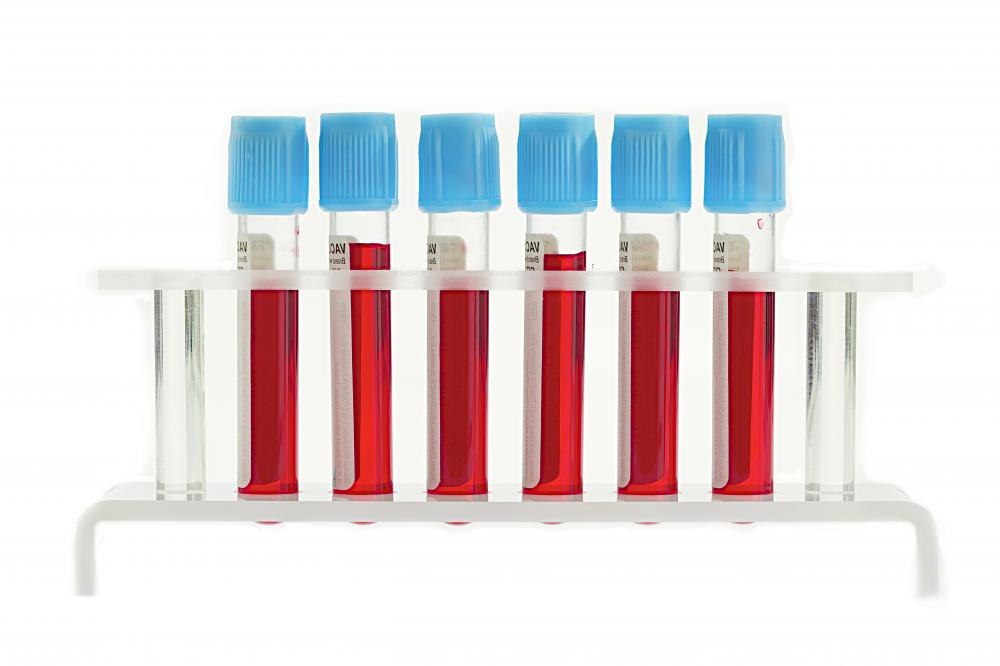At WiseGEEK, we're committed to delivering accurate, trustworthy information. Our expert-authored content is rigorously fact-checked and sourced from credible authorities. Discover how we uphold the highest standards in providing you with reliable knowledge.
What is Involved in a Pathology Residency?
Guidelines for pathology residency training in the United States are set by the American Board of Pathology (ABP). Programs in other countries, however, place very similar requirements on pathology programs and residencies. Currently, ABP guidelines require a minimum of 18 months structured anatomic and clinical pathology training followed by an additional year of elective study.
The first part of the pathology residency focuses on anatomical pathology. As its name suggests, anatomical pathology studies the organs and tissues of the human body and how they are affected by disease. Sub-specialties of anatomical pathology include autopsy, cytology, and surgical pathology.

The second phase of a pathology residency continues with clinical pathology, which encompasses a wide variety of laboratory specialties. A few of the sub-specialties of clinical pathology include clinical chemistry, hematology, immunology, and microbiology. By the end of this phase of training, the pathology resident has a thorough understanding of the core principles of pathology.
The structured portions of a pathology residency — anatomical and clinical — can take as long as three years to complete, depending on the program. The contents of the third or fourth year of pathology training will largely depend on the individual's interests and available sub-specialties offered by their university hospital. Some individuals will continue to learn more about anatomical or clinical pathology, while others will pursue specialized programs.
Specialized fields of pathology can include cytopathology, dermatopathology, pediatric pathology, and neuropathology, just to name a few. Some pathology programs will also require a research component in this phase of training while other programs do not make it a priority. It is important for the pathology candidate to evaluate their program’s approach to research before accepting a residency position.
In the United States, an optional fifth year of training is required for certification. This fifth year of residency is often difficult to obtain because Medicare only funds four years of pathology training. As a result, up to 20 percent of programs in the United States do not offer fifth year residencies. Many pathology residents meet this requirement by completing a “fellowship” program at another hospital. Both the United States and Canada will consider prior clinical training in lieu of the fifth year pathology residency.
Some programs may eliminate the credentialing year and the extension of the training program from four years to a full five. In this scenario, students would have a greater opportunity to engage in board certified specializations. Under the more established program, pathology residents must choose between the fifth year residency or completing additional academic work in preparation for certification exams.
AS FEATURED ON:
AS FEATURED ON:











Discuss this Article
Post your comments